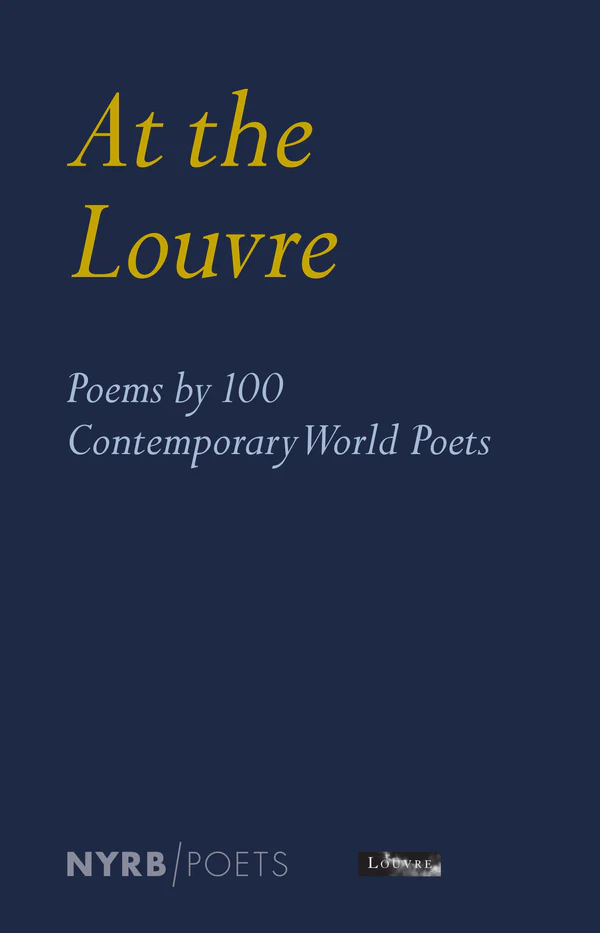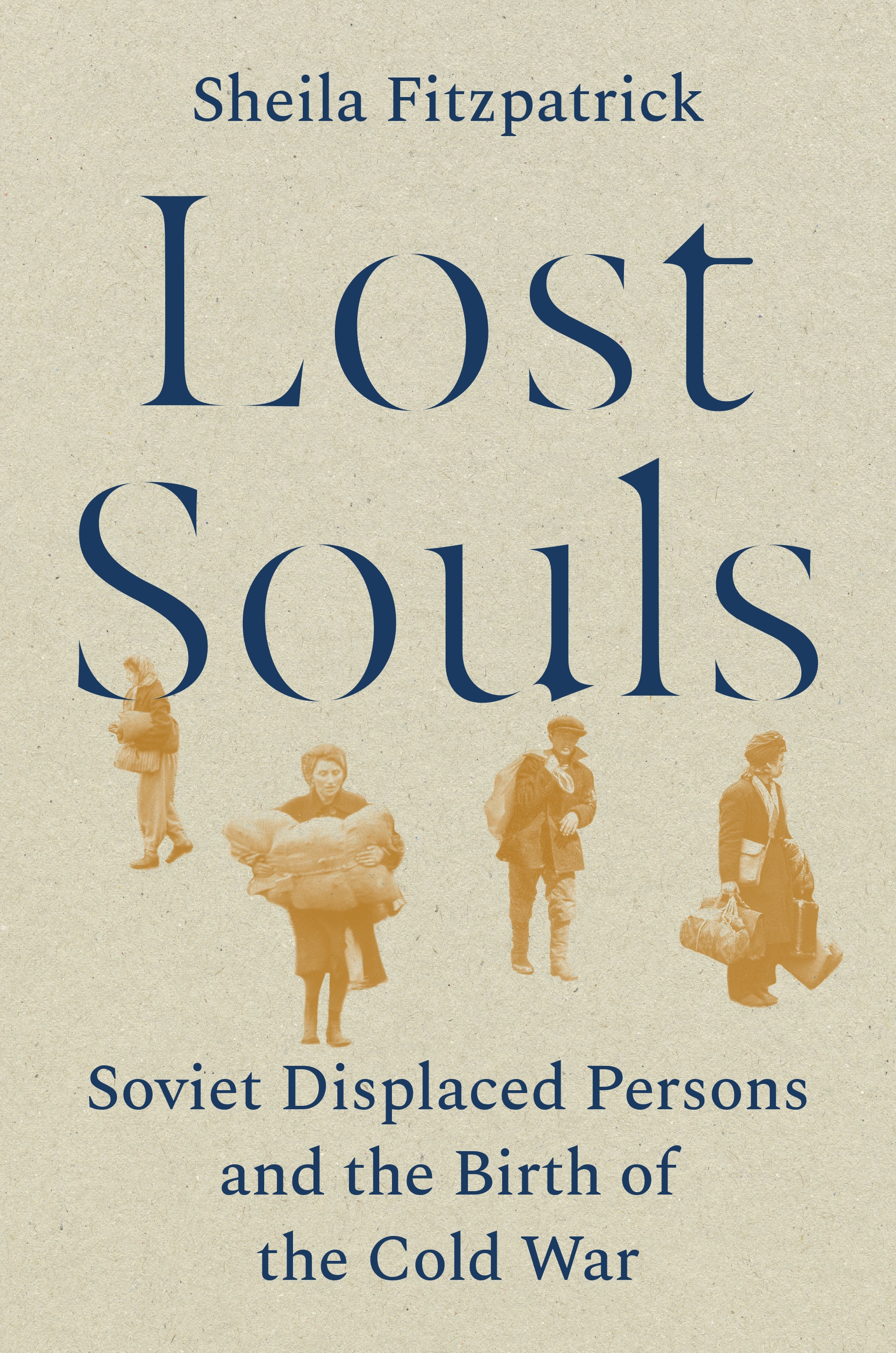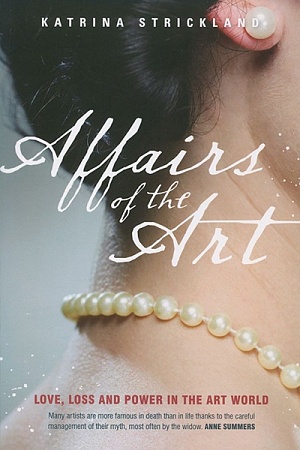With Love and Fury: Selected letters of Judith Wright
NLA, $39.95 pb, 608 pp
Portrait of a Friendship: The letters of Barbara Blackman and Judith Wright
Miegunyah, $59.95 hb, 654 pp
With Love and Fury edited by Patricia Clarke and Meredith McKinney & Portrait of a Friendship edited by Bryony Cosgrove
Judith Wright and Barbara Patterson met at a gathering of the Barjai group, a Brisbane salon for young poets and artists, when Judith was almost twice Barbara’s age. Judith had not yet published her first collection, The Moving Image (1946). She read some poems and Barbara was magnetised:
It was not just that she was a poet … it was that she believed that the saddest thing in the world was that people lived unpoetically … It was that poems are a way of perceiving the world and oneself.
(Portrait, No. 8, National Portrait Gallery, 2003)
A few months after that first meeting, Barbara moved to Sydney to live with Charles Blackman. Judith wrote to thank her for a gift and Barbara wrote back. They continued to write; they wrote long generous letters to each other, decade after decade, until Judith died. It was a friendship of letters: they almost certainly spent more time writing to each other than they spent together. For the most part, this suited both of them. In her collection of autobiographical essays Glass after Glass (1997), Barbara described her friendship with Judith: ‘From time to time we meet in one city or another, shout at and steer about each other. But we really feel more comfortable page to page.’
Barbara made this remark in an essay called ‘The Pleasures of Solitude’. The letters that she and Judith wrote to each other are more companionable than diaries, and more deliberate. Nonetheless, they do read as pleasures of solitude: as though for each of them their letters became ‘a way of perceiving the world and oneself’.
When Barbara describes the two of them, ‘She of the faraway voice and I of the faraway face’, she is speaking only in part of Judith’s deafness and her own blindness. The real pleasure of reading these letters derives from the difference between these two women: Judith so self-sufficient, precise and quiet in rapture; Barbara so forthcoming, sensitive and extravagantly emotional. Yet they are both writers of such independent cast their letters show their characters and in this way give the reader equal pleasure in the balance of their friendship. ‘That’s why your letters are so good,’ Barbara remarks to Judith. ‘They read practical but they tell your story all the same.’ It is a statement that reflects on both their styles. That little phrase, ‘all the same’, suggests Barbara’s perpetual search for more-than-practical ways of holding lives together. In her first letter printed here – some have been lost – Barbara announces:
I came to Sydney and lived quietly to devour every day … I think you know of Charles Blackman … Together we have gone even a little beyond happiness. Loving is made of eyes and hands and admits two people to the creation of silence.
In the same letter, she describes Charles’s mother: ‘She loves you till she bursts into fireworks of generosity & she makes you walk the distance towards her over a bed of broken glass.’ Almost all of Barbara’s letters include passages as fully imagined as this: made of joy or lament, and fantastical observations of her family and other people.
Judith’s letters, on the other hand, are thoroughly practical and wry. In fact, they come closest to poetry when she writes, in her exact style, of work in her garden or mountain weather. Her letters note what her husband and daughter are doing and summarise her own pursuits with dry playfulness – once remarking, for instance: ‘As for that Judith Wright, she turns me up.’ For the rest, her letters are composed of responses. They show her mindful of her correspondent’s need for companionship or correction, not her own. In fact, Portrait of a Friendship shows what With Love and Fury loses when it leaves out the letters that other people wrote to Judith: responsiveness works in her letters the way formal control works in her poems; not as a limit but as a principle so evenly held it constitutes her tone of voice.
Certainly, With Love and Fury proves that she was not exaggerating when she lamented whole days spent answering letters. It includes only a selection of the letters that she wrote to Barbara and to other correspondents of long standing. And yet it still covers more than six hundred pages. From the late 1950s, Judith worked for the conservation movement and for indigenous rights and wrote a great weight of letters in support of these causes. These were letters where love took the form of shared fury; they add up to a lively history of the struggle, interest, occasional victory and frustration of the work in these years. Even – or especially – in fury, Judith remained lucid and very funny. She wrote in dismay of Menzies, for instance: ‘oh what a man all pomp and eyebrows.’
It is no wonder Judith regretted how far this correspondence kept her from her own writing. For the most part, her letters had almost nothing to do with her poetry. She did not work out ideas for poems in her letters; she did not test her ideas with other poets. If on occasion she set out ideas about poetry, she only did so to correct false claims. And if she included poems with her letters, she often explained where she wrote them – herding cattle, for instance – but otherwise added only deprecatory remarks: ‘I am in a desultory way writing a series of poems about birds which are partly for children and partly for fun ...’ On the rare occasion when she did note what she liked about a poetic form she had used – a ghazal – she made the remark in a postscript, and what she said was telling: ‘The non-sequitur method is interesting to me; you can say things without saying them.’
Jack Blight was the only poet Judith wrote to over several years. Her first letters to him are made of literary chat and intriguing insights:
For myself I’m trying to simplify more and more; to strengthen the image by ceasing to obscure it with words ... I’m reading Pound’s Cantos a lot lately. He has some new (to the West) techniques I think are very exciting. Not really difficult once one has grasped his method, which is mainly to outline his idea with immediately presented images set down in note form and very elliptically … But he certainly requires full stretch to read. He is a greater man than Eliot, though no-one will know it until they’ve forgotten he fell for Mussolini (not as a dictator but as an economic innovator, however).
These early letters show such confident intelligence and confiding interest that they give perhaps the fullest picture of Judith’s life with books. However, from about 1958, Judith’s letters to Jack fall into a smaller range. They show compassion for the neglect he suffered as a poet and generous pleasure in his late success; but they hardly mention her own writing.
Certainly, if you compare Judith’s selected letters with those of Gwen Harwood, it is striking how little Judith corresponded with other poets, and how little her letters involved her poetry. Gwen’s letters made a kind of world for her poems. She once said to Candida Baker:
I write lots of letters. My children used to read a story about Polly and the Wolf. The wolf tries to impress Polly, who says ‘I write lots of letters’. And the wolf says, ‘I write lots of letters too, and some of them even spell words. So I write lots of letters and some of them even spell poems.’
(A Steady Storm of Correspondence: Selected Letters of Gwen Harwood, 1943–1995, ed. Gregory Kratzmann, UQP, 2001)
Judith, on the other hand, once remarked: ‘Writers don’t need an atmosphere of sympathy and “culture” to write, or I don’t; indeed, it can interfere with your work to have people interested enough to look over your shoulder.’ These letters show what a private matter writing poetry was for Judith: something apart from friendship and from the work of daylight hours. Her poems have a controlled rapture utterly different from the practical and affectionate tenor of her letters. Her poem ‘The Lost Man’, from her collection The Gateway (1953), could serve as an image of the motive and process of her writing, for it works like a map into some experience at once intimate and impersonal:
To reach the pool you must go by the black valley
among the crowding columns made of silence,
under the hanging clouds
of leaves and voiceless birds …
In a wonderful essay about this poem, Kevin Hart suggests that it draws on the true story of a man who survived a plane crash in the mountain range near Judith’s place (‘Darkness and Lostness: How to Read a Poem by Judith Wright’). In one of the letters in With Love and Fury, Judith says that she used Jungian imagery in the poem to ‘distance’ herself from experiences that she was having at that time. The poem itself, however, creates an imaginative world apart from its sources. ‘One has to have a foundation of fact,’ she wrote, ‘but the poem is something extremely different and much more universal, if it’s worth calling a poem.’ If poetry was a private matter for Judith, this did not mean her poems were confessional. The difference between the writing in her poems and the writing in her letters is not simply the difference between private and public writing. It is more like the difference between sacred and secular writing in some imaginary religion of words.
Barbara, on the other hand, drew on her letters to write her essays, often including letters whole. It is the great charm of Barbara’s essays: they are written like letters, to the point where you could say letter writing was her natural form. She thought of them as records of her own life: ‘These papers are the artefacts. Here is evidence of a life lived’ (Glass After Glass). If for Judith rapture was created in poetry, for Barbara it was remembered there. ‘I had supposed that I was a poet,’ she wrote. ‘My friend Judith Wright pointed out to me that I was not. I was a person to whom poems happened’ (Glass After Glass).
Certainly, her life was full of happenings. ‘Have I really lived through all this?’ she exclaimed. She shared her life with the most accomplished mythmakers of Australian history: Joy Hester and the Nolans, Cliff Pugh, the Boyds, the Percevals and Barry Humphries. Her letters are full of anecdotes about them. ‘See how the public myths are made,’ she wrote, ‘how they differ from the living myth that was the person in being.’ Barbara’s letters are full of anecdotes that keep the sense of her friends as ‘living myths’: she is always acute but never undermining. In these letters she does, however, dispute some of the public myths others created. She challenges Janine Burke’s account of Joy Hester, for instance, and the art critic John Pringle’s idea of how blindness affected her husband’s art.
The historical interest of these letters should, therefore, keep them in print; but they are appealing enough in themselves to make historical interest an incidental pleasure. There is, for a start, the illumination of the writing: Judith’s description of ‘the mushroom smells of wet grass’; Barbara’s description of ‘mozzarellas shaped like piglets’. More than that, these letters give the sense of whole lives kept and lost. In 1990 Barbara wrote to Judith:
Perhaps the phrase of yours that has stuck to me the most is that past the age of fifty the shadows are all on the other side of the hill … But also the further I proceed from that point the more beautiful it is to regard those otherway-falling shadows. Looking back on past letters, past passions, past preoccupations, is a way of doing that.
In that light, it is strangest of all, perhaps, to reflect that these two almost did not meet. With Love and Fury includes a letter that Judith wrote to Jack, debating whether or not to attend the Barjai at the beginning of it all: ‘I hate these Poets’ Gatherings, but in this case perhaps some good might come of it.’















Leave a comment
If you are an ABR subscriber, you will need to sign in to post a comment.
If you have forgotten your sign in details, or if you receive an error message when trying to submit your comment, please email your comment (and the name of the article to which it relates) to ABR Comments. We will review your comment and, subject to approval, we will post it under your name.
Please note that all comments must be approved by ABR and comply with our Terms & Conditions.